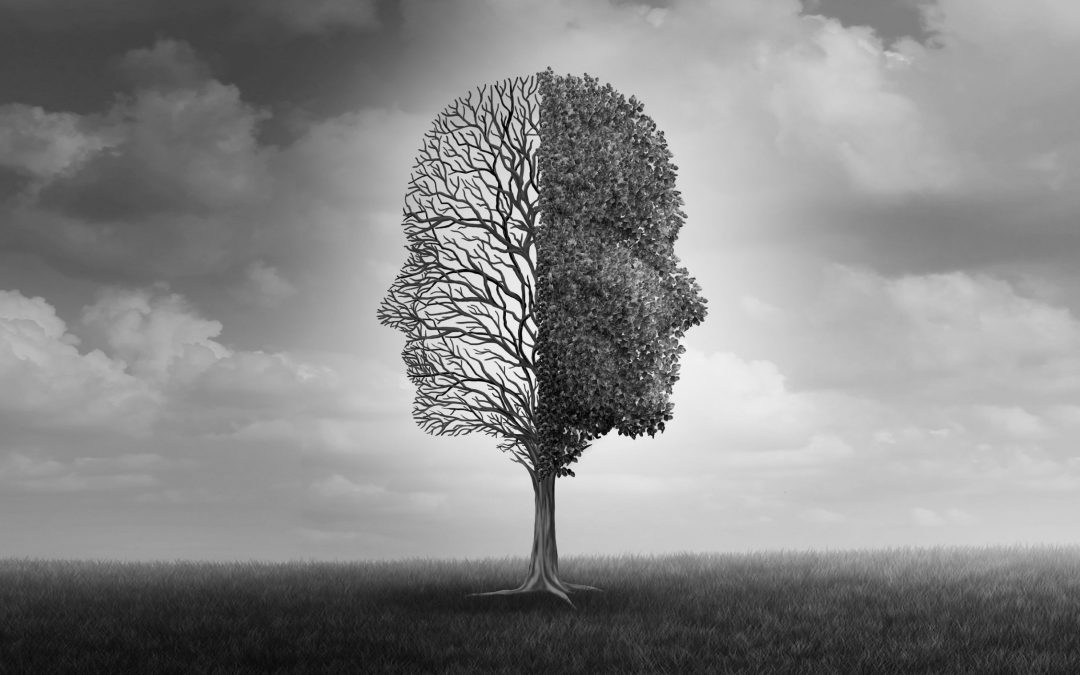Mood disorders are common ailments experienced, to an extent, by virtually everyone at some point in their lives. That being said, many people with a mood disorder carry it with them for long periods of time, and some people do so indefinitely. But what are mood disorders, and how can you tell if you may have one?
A mood disorder is a mental health classification used by medical professions to describe a persistent mood-related condition in an individual. Examples of common mood disorders include depression and bipolar disorder.
Mood disorders are generally not tied to any one thing, but some risk factors include a predisposition due to family history of the mood disorder, trauma, increased levels of stress, major life changes, the result of a physical illness, abnormalities in brain structure, etc. If you have or have experienced any of the former, it may be a good idea to take a self-assessment to determine if you are at risk of developing a mood disorder.
Common symptoms of mood disorders:
- Reduced energy levels
- Feelings of hopelessness
- Reduced self-esteem
- Persistent feelings of sadness
- Weight gain or loss due to increased or decreased appetite
- Loss of interest in normally enjoyable activities
- Decreased sex drive
- Oversleeping
- Insomnia
As you can see, the common symptoms for mood disorders span both sides of normal behavior; some individuals with a mood disorder may overeat and stop sleeping, while others may stop eating but sleep all day, or vice versa. These changes in behavior are common responses to developing a mood disorder as your brain and body attempt to find a way to cope.
Depression
Depression comes in many forms, and it is something that almost everyone is likely to experience at one time or another; however, not everyone who feels depressed is suffering from a mood disorder. Major depression is generally classified as having lost interest in activities that one normally enjoys, accompanied by feelings of sadness or hopelessness, as well as other related symptoms that last for at least two weeks.
Bipolar Disorder
Bipolar disorder is when one regularly experiences alternating periods of depression and elevated moods (mania). Boiled down, persons who have bipolar disorder will experience very low lows and then very high highs that persist for unset durations and then change arbitrarily. Because of the swing in their mood, those with bipolar disorder can be unpredictable, which can make carrying on relationships, keeping a job, and performing normal daily tasks a trial.
Other Mood Disorders
Dysthymia
- A chronic state of depression and irritable mood that persists for more than two years.
Substance-Induced Mood Disorders
- These stem from drug use, alcoholism, or exposure to harmful toxins or chemicals.
Postpartum Depression
- This can occur during or after pregnancy and also includes prenatal anxiety and depression.
Seasonal Affective Disorder (SAD)
- When one experiences depression during the cold, darker winter months.
Premenstrual Dysphoric Disorder
- A hormonal-based depression experienced prior to a woman’s menstrual cycle.
Conclusion
While the mood disorders above cover the most common types, there are many other types of mood disorders albeit with less frequency. Nevertheless, suffering from any mood disorder is quite common, but that does not mean you have to fight them on your own. Common treatments for mood disorders include psychotherapy, medication, and lifestyle changes. If you think that you may have a mood disorder, please reach out to Dr. Anthony Termine to see whether you may be a candidate for treatment.

